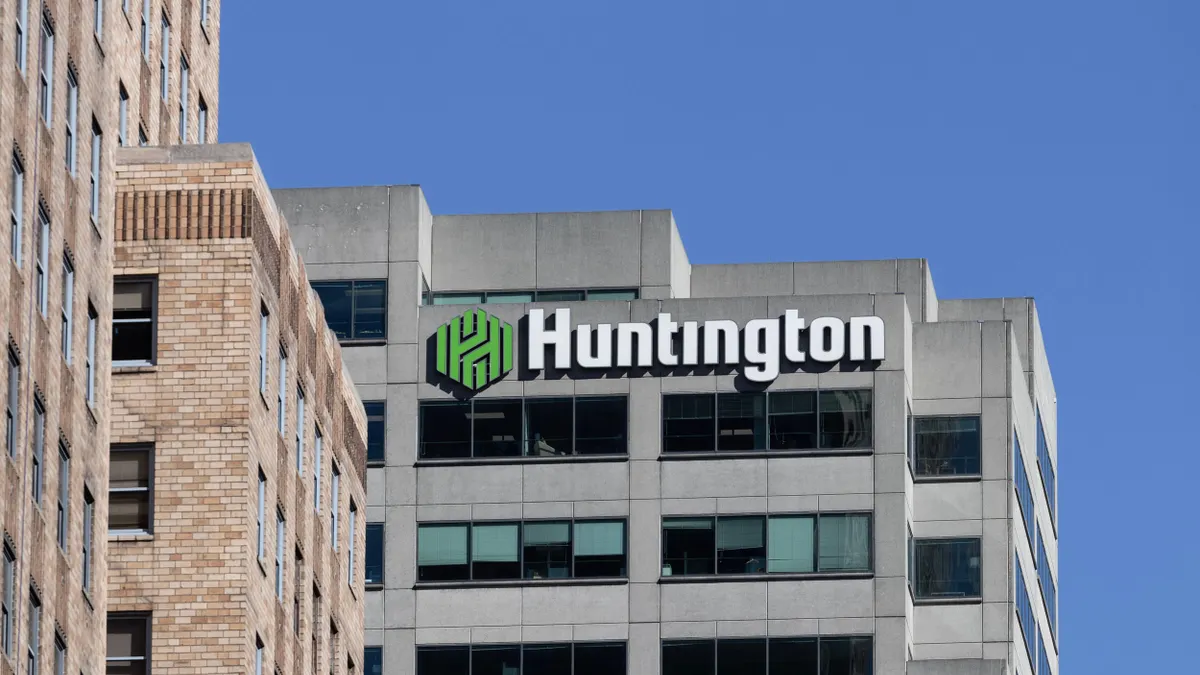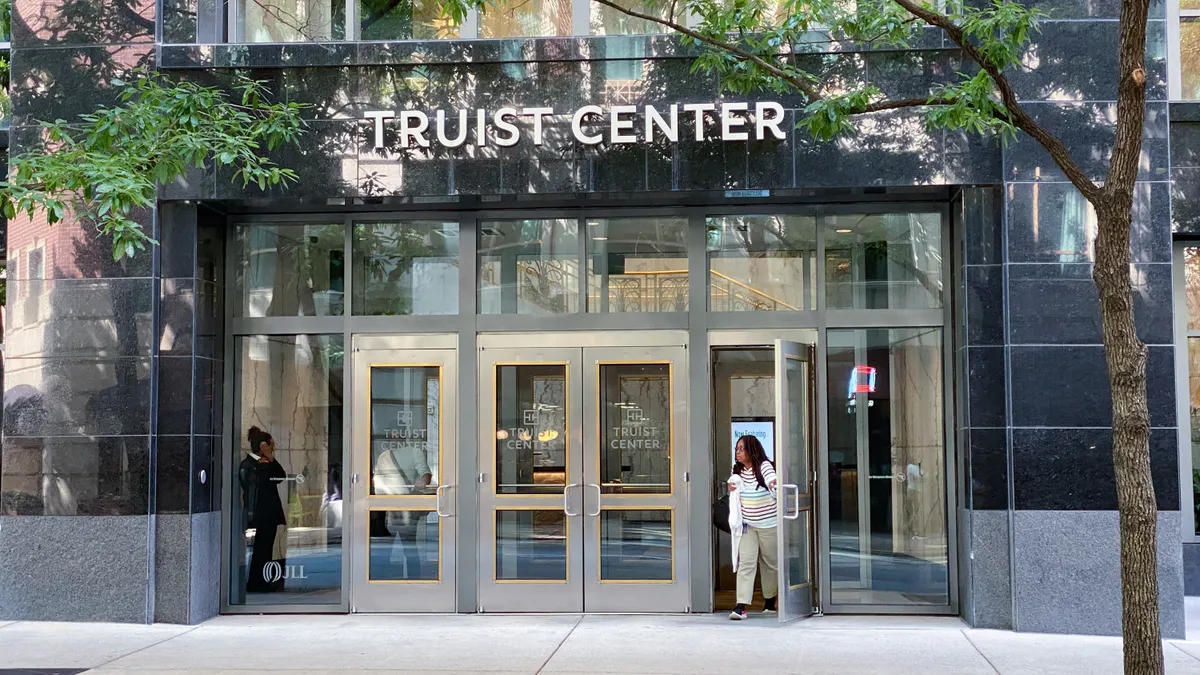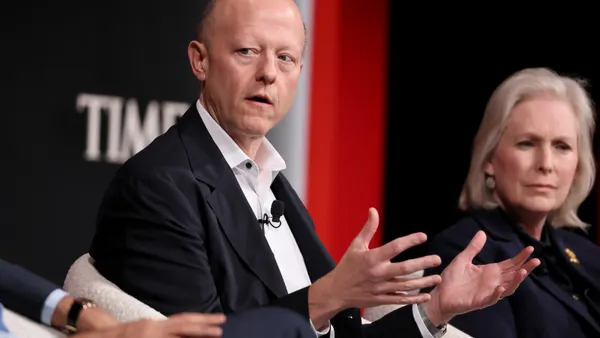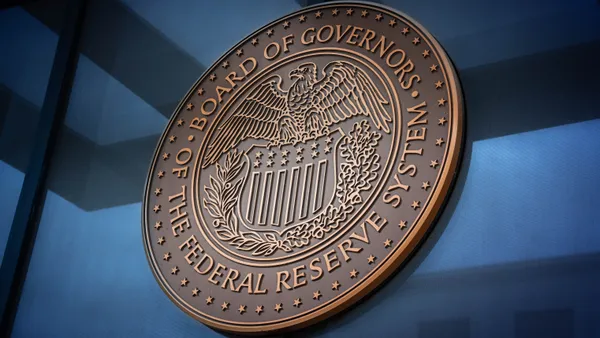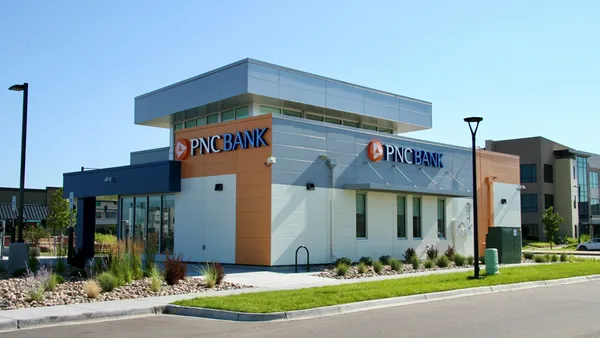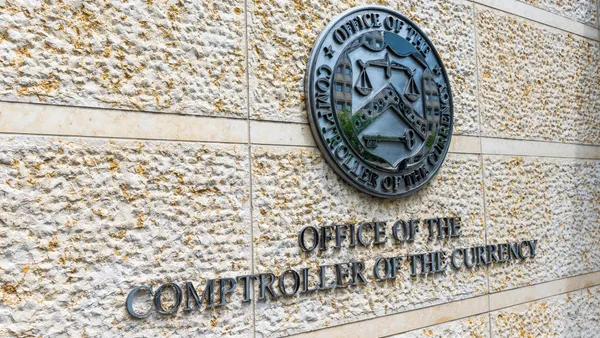Dive Brief:
- The Federal Reserve and the Federal Deposit Insurance Corp. published on their websites Tuesday the public portions of the living wills for the country's eight global systemically important banks (G-SIBs): JPMorgan Chase, Bank of America, Citigroup, Wells Fargo, Goldman Sachs, Morgan Stanley, Bank of New York Mellon and State Street. The annual submissions detail how the banks could be resolved in bankruptcy without hurting the financial system in accordance with the Dodd-Frank Act.
- The agencies in April proposed that rather than sending full living wills each year, the eight banks should alternate between sending full and “targeted” plans every two years. The targeted plan would include only “core elements,” such as capital and liquidity, and any changes brought on by new regulations or information the agencies request.
- Bank regulators found shortcomings in the living wills of four of the top eight banks in 2017: Bank of America, Goldman Sachs, Morgan Stanley and Wells Fargo. None of the flaws, however, were deemed significant enough for the plans to fail.
Dive Insight:
The Fed and FDIC have been hedging toward giving banks more time between submissions. In September 2017, they extended the submission deadline by a year. The regulators have not found issues that required immediate action since 2014.
The living wills for seven of the eight banks in 2017 involved a single-point-of-entry strategy. That means the top-level bank holding company would be put into bankruptcy and other units would be sold off or put into a bridge holding company to fund ongoing operations and protect depositors.
Wells Fargo's multiple-point-of-entry strategy separated its insured depository unit from others that would be resolved separately.



